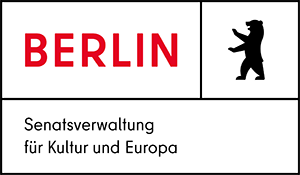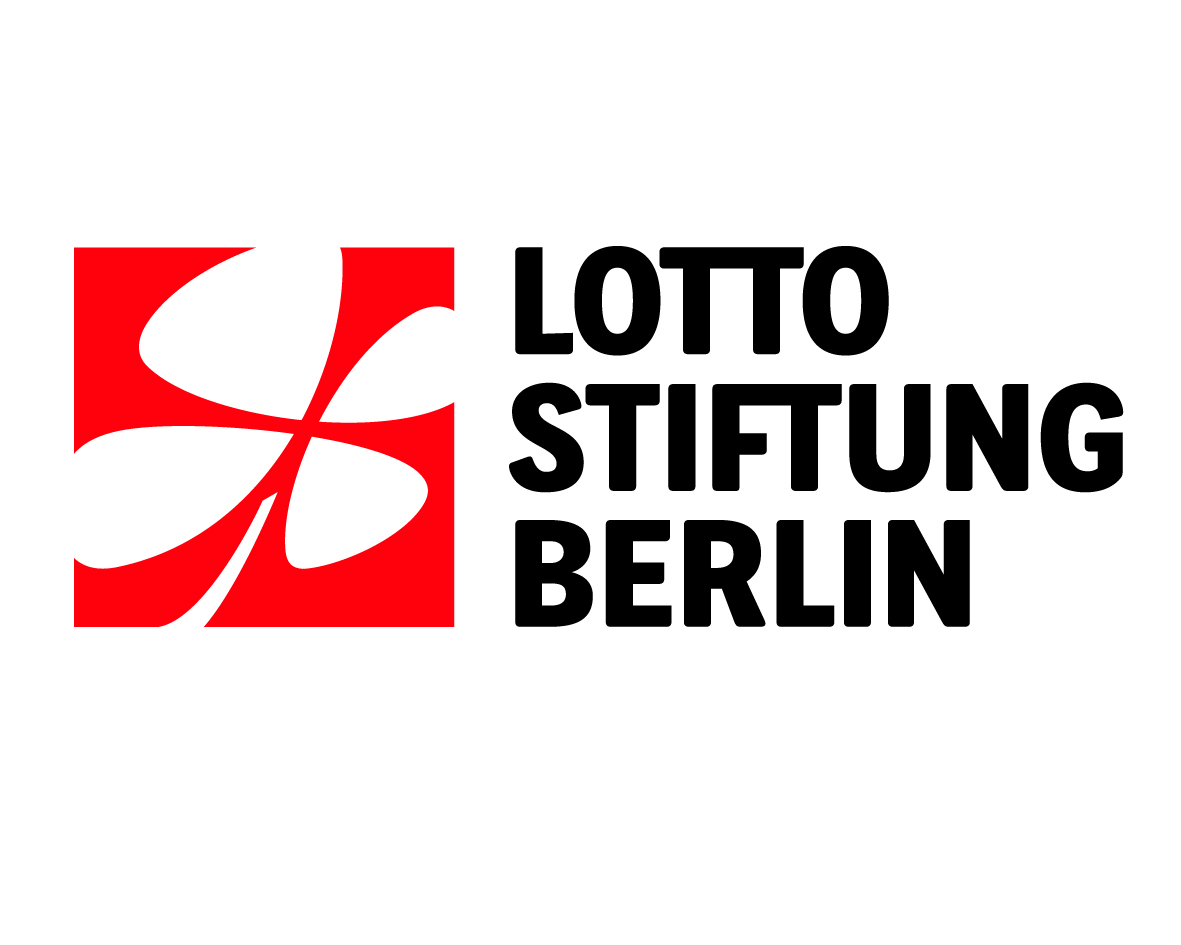29 August–8 September 2021
Participants
Maria Arnold, Laurenz Blaser, Chloe Borreguero Boleis, Anders Grivi Coleman, Paula Granda, Oliver Gudzowski, Julia Hartmeyer, Gustav Ingold, Jakob Köchert, Sarah Malinowski, Dagmar Pelger
An exhibition at station urbaner kulturen/nGbK Hellersdorf about a project of the Urban Design guest lectureship at UdK Berlin by Dagmar Pelger
The exhibition »Gemeinsame Räume offenhalten/Keeping Common Spaces Open« seeks to make cooperative methods and new urban development processes visible. Students from UdK Berlin show their mappings of the communitized space production at Cottbusser Platz in Hellersdorf, on Neues Kreuzberger Zentrum at Kottbusser Tor and at Hermannplatz.
Despite the increasing financialisation and privatisation of urban space, a number of spaces are emerging from a non-profit-oriented practice. A political urban self-empowerment is taking place in Berlin’s neighbourhoods. Reacting to a lack of a municipal safety net, people are securing common spaces and making sure, they are accessible for everyone, outside the logic of the free market.
The UdK students have focused on three places where bottom-up planning processes have helped to maintain and strengthen local social fabrics: 1) the collective planning for a playground in front of Kotti Shop in the new community space of Neues Kreuzberger Zentrum; 2) station urbaner kulturen/ nGbK Hellersdorf’s utility agreement for a large open-space commons on contracted council land at “Place Internationale”; 3) the Hermannplatz Initiative’s support of its neighbourhood in its fight against the demolition of the Karstadt departmentstore and the displacement of local traders.
The students spent a semester as cartographers in cooperation with each of these three places. They made three large drawings that show the context around each place’s model for an urban development which orientates on the common good. They illustrate the connection between self-managed planning processes and neighbourhood-based space production and investigate whether politics and administrations are actually working for the common good. As reference material and a contribution to the debate, the mappings seek to strengthen cooperative design methods in resistance to profit-oriented urban development.
The exhibition also seeks to raise questions about the role of cultural institutions like nGbK in urban development: How do they position themselves when precariousness and displacement come together? What interplay can there be in an environment characterised by neighbourhood-based reproductive work, urban subsistence economy, self-organisation and desire for the good life? How can a self-determined and inclusive production of common spaces be distinguished from an exploitative and exclusive production of space? How can it be made recognisable and shapeable - actively, creatively and in solidarity? What role do these common spaces have within the city as a whole?
Financed by

 Funded by the Senate Department for Culture and Europe as part of DRAUSSENSTADT
Funded by the Senate Department for Culture and Europe as part of DRAUSSENSTADT
Supported by

